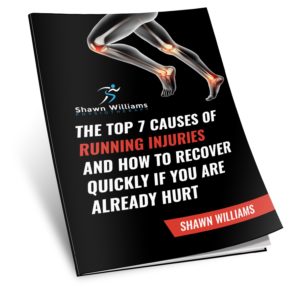“Ice vs. heat what works best?” “Should I use ice or heat for my injury?” “I was using heat but I don’t think it was helping.” “I have been icing it for weeks, but it just makes it numb.” All of these are questions/statements I hear multiple times a week. Many people remain confused as to which thermal agent they should use for their injury, and using the wrong one can worsen your pain or delay your healing. Therefore, this post aims to answer your ice vs. heat questions!
What does ice do?
Contrary to what many people believe, ice will not help heal an injury. In fact, it can actually delay healing because it decreases oxygen delivery to the area. This being said, ice can still be beneficial at times. Ice can help decease pain, swelling and inflammation.
What does heat do?
Heat can help to decrease pain, muscle tone and muscle spasm, as well as increase muscle extensibility. Heat can also promote tissue repair by increasing metabolic rate, oxygen availability and cell and mediator concentration.
So when to use Ice vs. Heat
Though it can be more complicated when to use ice vs. heat, my general advice to clients is: Use ice when the injury first happens, and then switch to heat when the signs of acute injury (i.e. swelling, bruising, redness) have subsided. More specifically, heat can be used for pain, muscle spasms, sub-acute tissue injuries (i.e. after the swelling, bruising and redness have gone down), joint stiffness, and for fibrosis or scar tissue. Heat should not be used for acute injuries.
Ice can be used for acute injuries, sharp pain, and muscles spasms. Ice should not be used in conditions with fibrosis, joint stiffness, in the later stages of tissue healing or right before strength training.
When in doubt as to whether heat or ice is best for you, ask a trained healthcare professional, such as a physiotherapist!
*Important! You should always do the following to prevent injury when applying a thermal agent:
– Ensure that your sense of temperature is normal before applying the heat or ice
– Do not leave the thermal agent on one area for longer than 20 minutes – Do not apply the heat or ice directly to your skin – wrap it in a towel
– Do not lie on the heat or ice – rest it on top of you
– Do not heat an area with known or suspected infection – it can promote the growth of bacteria
– Always check the area for a thermal injury after the application of heat or ice – wrap it in a towel
– Do not lie on the heat or ice – rest it on top of you
– Do not heat an area with known or suspected infection – it can promote the growth of bacteria
– Always check the area for a thermal injury after the application of heat or ice
Ice or heat is just one thing you can do for pain control or injury recovery. If you are in pain or injured a manual physiotherapy approach can be your best option to get back to those activities you love to do. If you are in the Toronto area call or text 416-660-4187 or request a free phone consultation to take the first step back to your active lifestyle.




